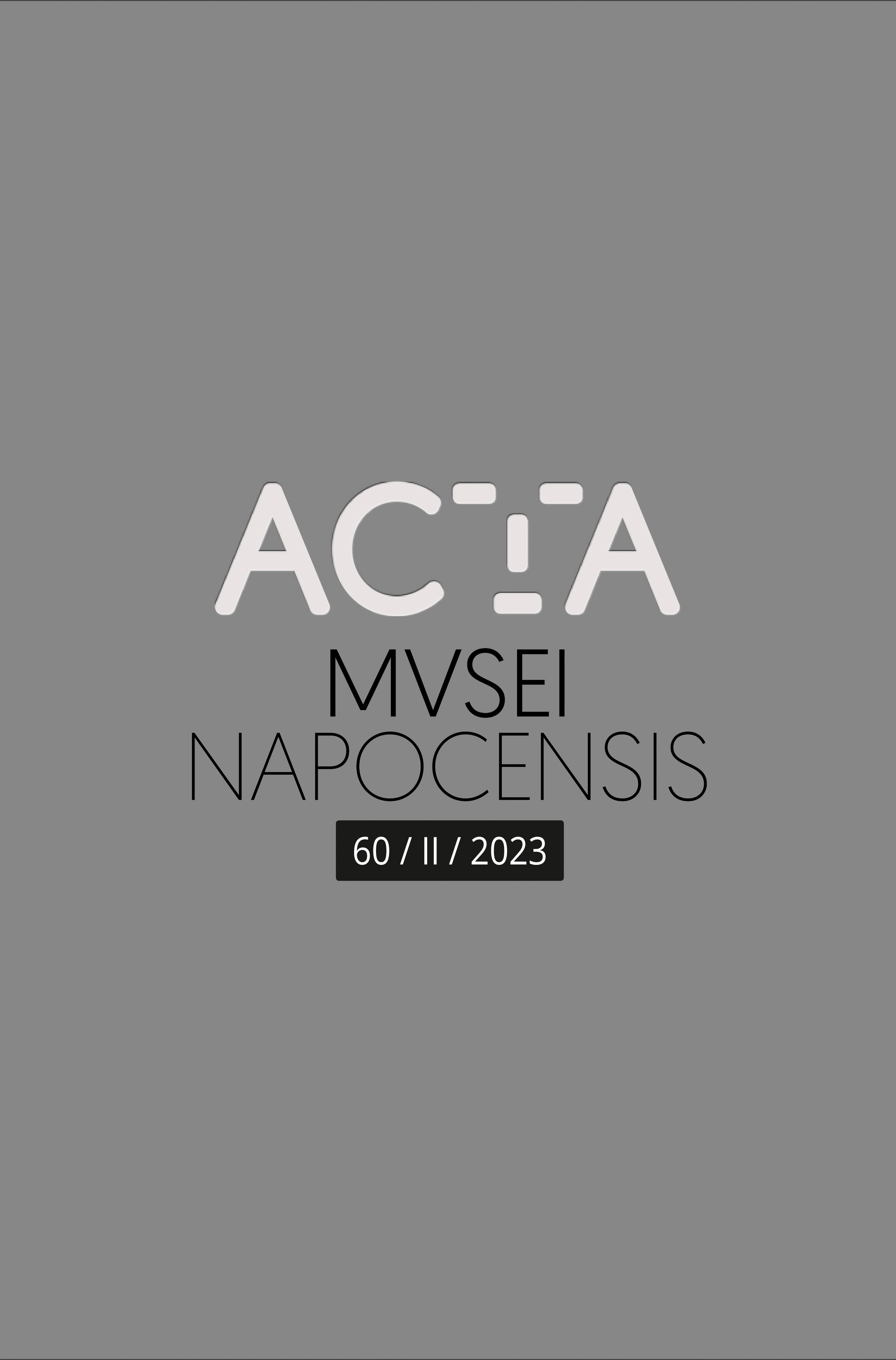Kék bokályos rostás vizeskorsó… A Haban Ewer in an Urban Household from Cluj
Kék bokályos rostás vizeskorsó… A Haban Ewer in an Urban Household from Cluj
Author(s): Oana TodaSubject(s): Archaeology, Cultural history, Economic history, Local History / Microhistory, Social history, 17th Century, 18th Century, History of Art
Published by: Editura Mega Print SRL
Keywords: household archaeology; material culture; Haban pottery; workshop; blue glaze; ewer
Summary/Abstract: The Haban ewer presented here is an exceptional archaeological find that became part of the heritage of the National Museum of Transylvanian History following the rescue excavations on Gaál Gábor Street in 2021. The piece, inscribed with the production year 1700, was recovered from the decommissioned well of the old Calvinist parsonage in Cluj (the Herepei House). Archival documents from the seventeenth and eighteenth centuries, together with artifacts preserved in public or private collections, prove the widespread popularity of Haban pottery due to its technical and aesthetic qualities during the heyday of the craft of Anabaptist potter communities in Moravia, the Hungarian Kingdom, and the Transylvanian Principality. The formal and stylistic analogies, together with the dating of the piece, point to its most likely production in the pottery workshop from Vințu de Jos (Alvinc/ Unterwinz, Alba County). This specimen is of the blue‑glazed ceramic type, which became popular on the Transylvanian market during the second half of the seventeenth century and at the beginning of the subsequent one.
Journal: Acta Musei Napocensis. Historica
- Issue Year: 60/2023
- Issue No: 60
- Page Range: 221-238
- Page Count: 18
- Language: English, Romanian

